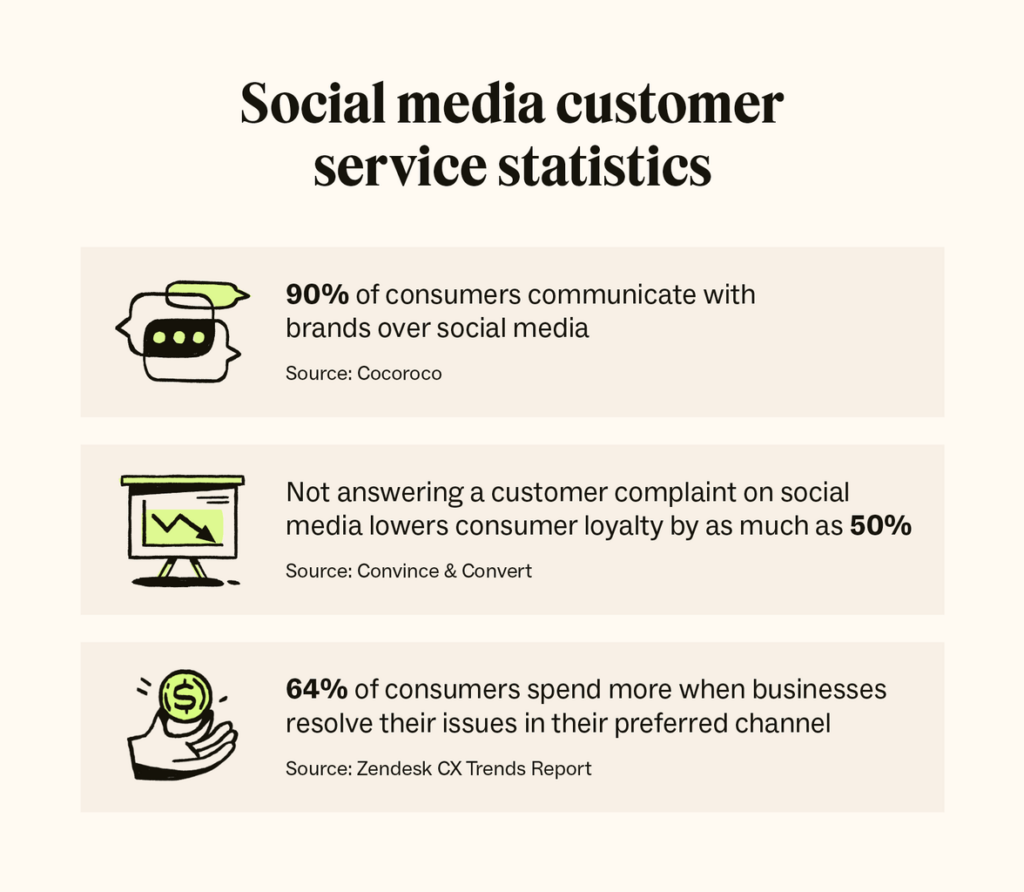How to Effectively Market a Service on Social Media
How to Market a Service on Social Media In today’s digital-first world, social media has become an indispensable tool for businesses looking to promote their services. Platforms like Instagram, Facebook, LinkedIn, TikTok, and Twitter allow businesses to connect with their target audience, build relationships, and convert followers into customers. However, effectively marketing a service on social media requires a well-thought-out strategy. Below, we’ll explore detailed tips and techniques to optimize your social media efforts and grow your business.
1. Understand Your Target Audience
Before you post or promote anything, take the time to understand your target audience thoroughly. Ask yourself:
- Who needs my service?
- What are their demographics (age, gender, location, income)?
- What are their pain points and how can my service solve them?
Use analytics tools like Facebook Insights, Instagram Analytics, or even surveys to identify your audience’s needs, preferences, and behaviors. The more specific your audience persona, the more tailored and effective your campaigns will be.

2. Choose the Right Platforms for Your Business
How to Market a Service on Social Media Different platforms serve different purposes and cater to varying audiences. It’s essential to focus your efforts on the platforms most relevant to your service.
- LinkedIn: Perfect for B2B services, professional consulting, and networking.
- Instagram: Excellent for visually engaging content and creative industries like design, beauty, and fitness.
- TikTok: Ideal for reaching younger audiences with short-form, entertaining, or educational content.
- Facebook: A versatile platform for broad demographics and local businesses.
- Twitter: Great for real-time updates, customer service, and thought leadership.
Avoid spreading yourself too thin. Focus on platforms where your target audience spends the most time.
3. Develop a Content Strategy That Stands Out
High-quality, relevant content is key to capturing attention and building trust on social media. Use the 80/20 rule: 80% of your content should educate, entertain, or provide value, while 20% can directly promote your service.
Examples of Content Types:
- Educational Posts: Share tips, tutorials, or FAQs about your industry.
- Testimonials and Case Studies: Showcase real results to build trust.
- Behind-the-Scenes Content: Humanize your brand by showing the people and processes behind your service.
- Interactive Content: Create polls, quizzes, or challenges to encourage audience participation.
- Seasonal Promotions: Tailor your offerings to align with holidays or trends.
Use tools like Canva for design and tools like Later or Hootsuite to plan your content calendar in advance.
4. Leverage Hashtags and Keywords
Hashtags and keywords increase your visibility and make your content discoverable. When choosing hashtags:
- Use a mix of broad and niche-specific hashtags.
- Research trending hashtags within your industry.
- Create a branded hashtag to build a community around your service.
For example, a digital marketing agency might use hashtags like #DigitalMarketingTips, #SEO, and #GrowYourBusiness. Don’t forget to include relevant keywords in your bio, post captions, and even in your images’ alt text to improve search engine optimization (SEO).
5. Invest in Paid Social Media Advertising
While organic reach is important, paid advertising helps amplify your efforts, especially if you’re just starting. Platforms like Facebook Ads Manager and Instagram Ads allow you to target users based on demographics, interests, and online behaviors.
Popular Ad Formats:
- Image Ads: Great for showcasing specific services or promotions.
- Video Ads: Ideal for storytelling or explaining complex services.
- Carousel Ads: Highlight multiple features or testimonials.
- Retargeting Ads: Reach users who previously interacted with your profile or website.
Experiment with different formats and monitor performance to optimize your ad spend.
6. Collaborate With Influencers and Partners
Influencer marketing can be a game-changer, especially for services targeting niche audiences. Find influencers whose audience aligns with your target market and ensure they align with your brand values. Collaborations can include:
- Sponsored posts or stories.
- Product/service reviews.
- Giveaways hosted by the influencer.
Consider partnering with micro-influencers who often have a more engaged following and are cost-effective compared to larger influencers.

7. Build Trust Through Engagement
Engaging with your audience fosters trust and loyalty. Always respond promptly to comments, direct messages, and reviews, whether positive or negative. Show that you value customer feedback by addressing concerns and answering questions.
Host interactive sessions like live Q&As, webinars, or even behind-the-scenes streams to connect directly with your audience and build rapport.
8. Run Contests and Giveaways
Contests and giveaways are excellent for driving engagement and attracting new followers. To ensure success:
- Offer a service or exclusive feature as the prize.
- Set clear participation rules (e.g., follow your account, tag friends, share the post).
- Use tools like Gleam or Rafflecopter to manage entries efficiently.
These campaigns not only boost brand awareness but also grow your follower base organically.
9. Monitor Analytics and Continuously Improve
Regularly track your social media performance to see what’s working and what isn’t. Key metrics to monitor include:
- Engagement rate (likes, comments, shares).
- Click-through rate (CTR) on links or ads.
- Conversion rate (how many followers turn into paying customers).
Use platform-specific tools like Instagram Insights or third-party tools like Google Analytics to assess your campaigns. Use the data to refine your strategies.
10. Stay Updated With Trends and Platform Changes
Social media evolves constantly. New features, algorithms, and trends emerge regularly. Stay updated by:
- Following industry blogs.
- Testing new platform features (e.g., Instagram Reels, TikTok ads).
- Analyzing competitors’ strategies.
By keeping your content fresh and relevant, you can stay ahead of the competition and maintain audience interest.

